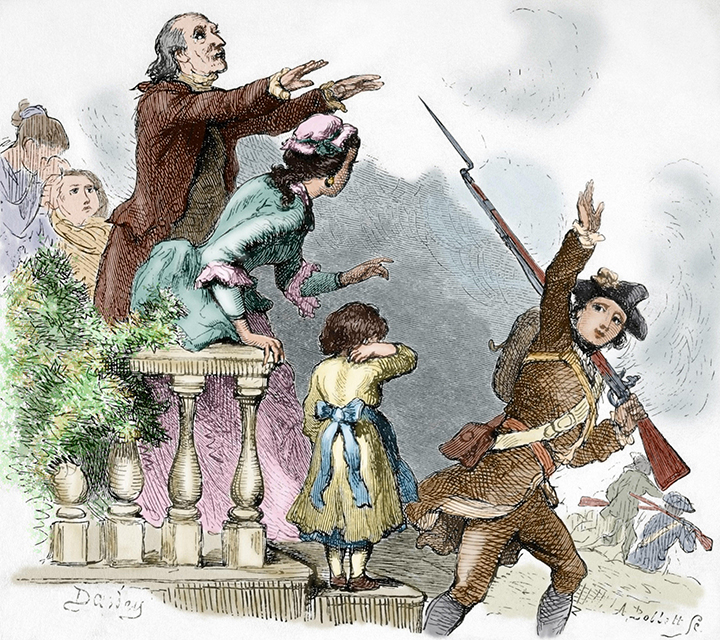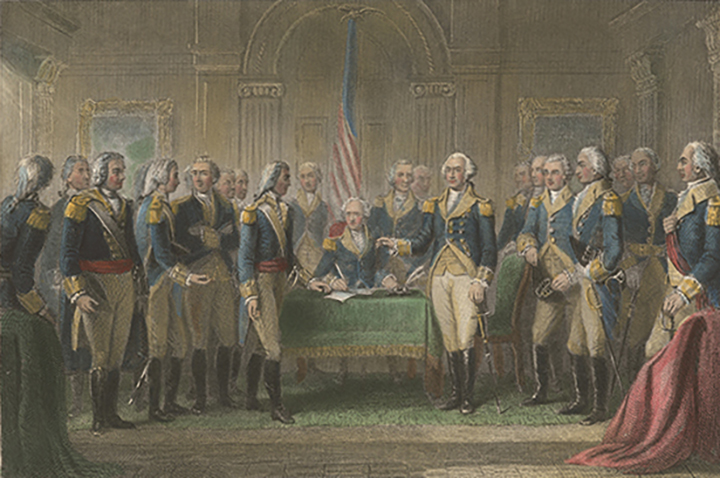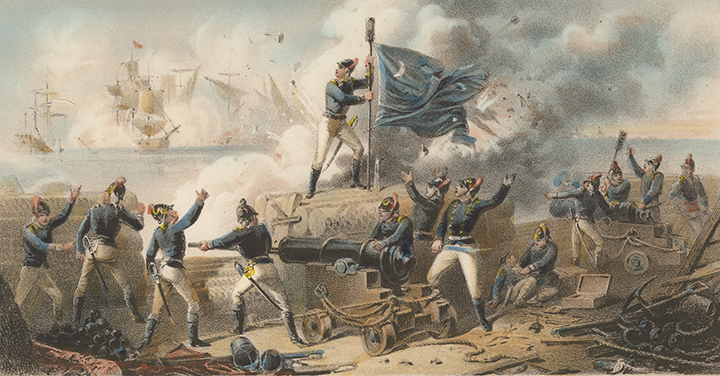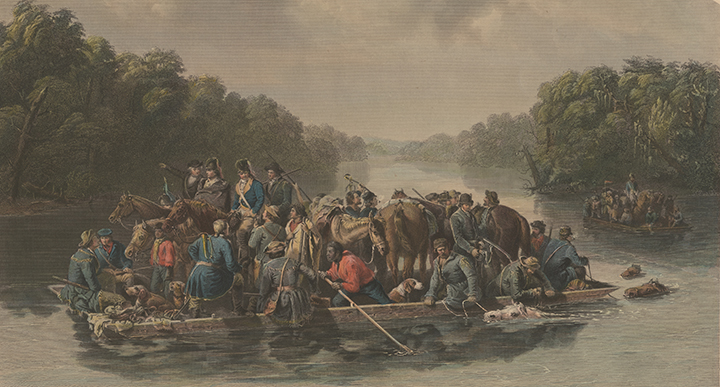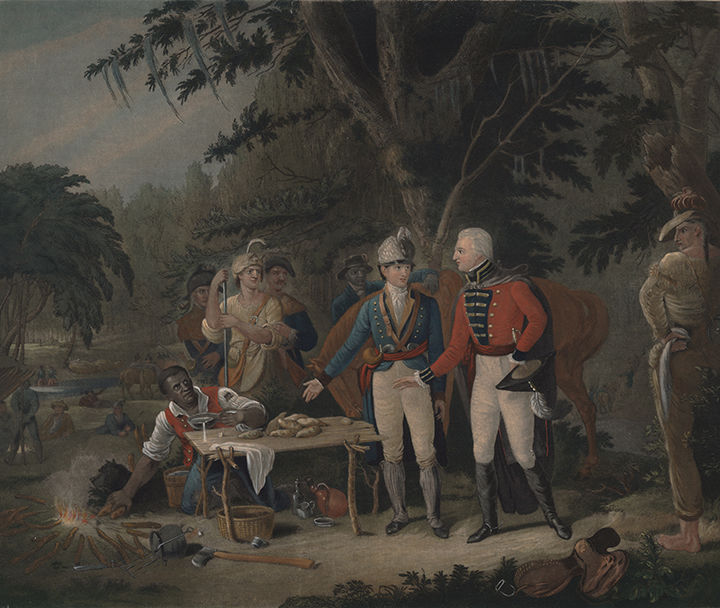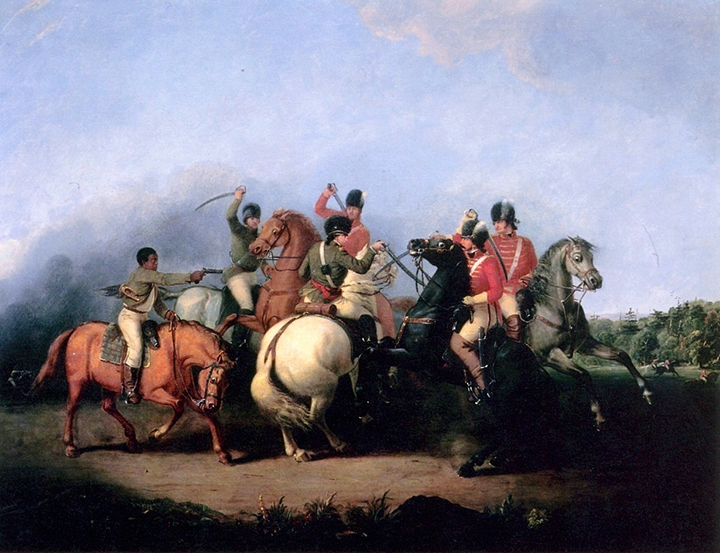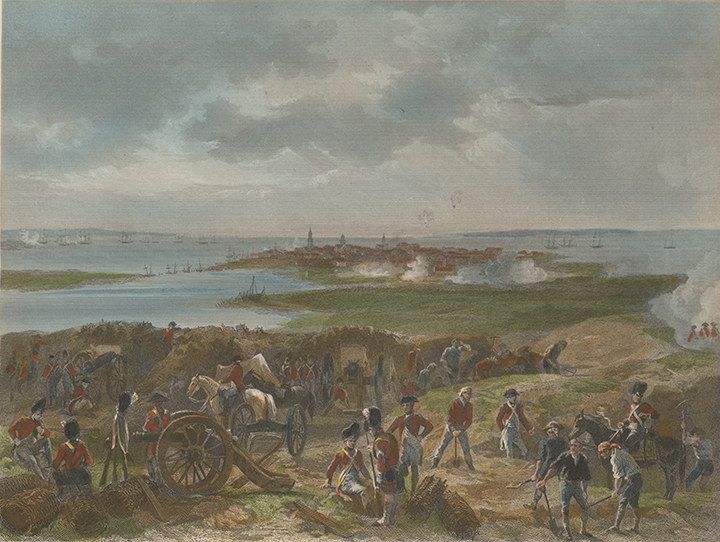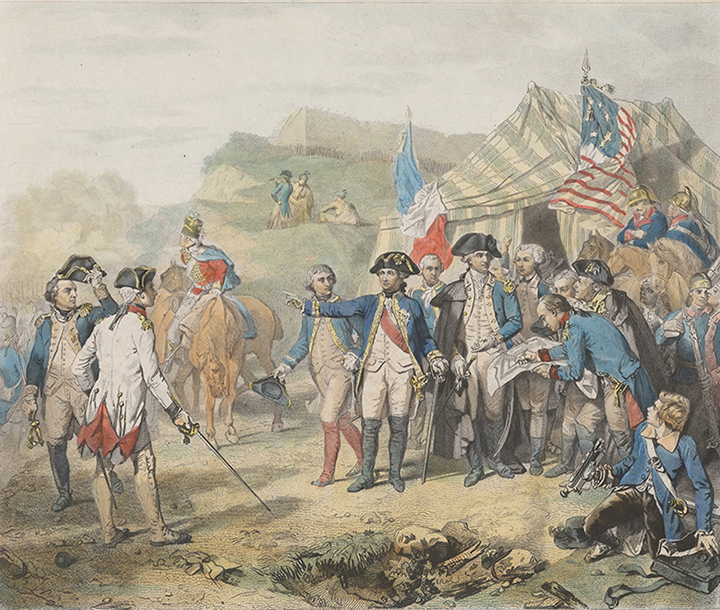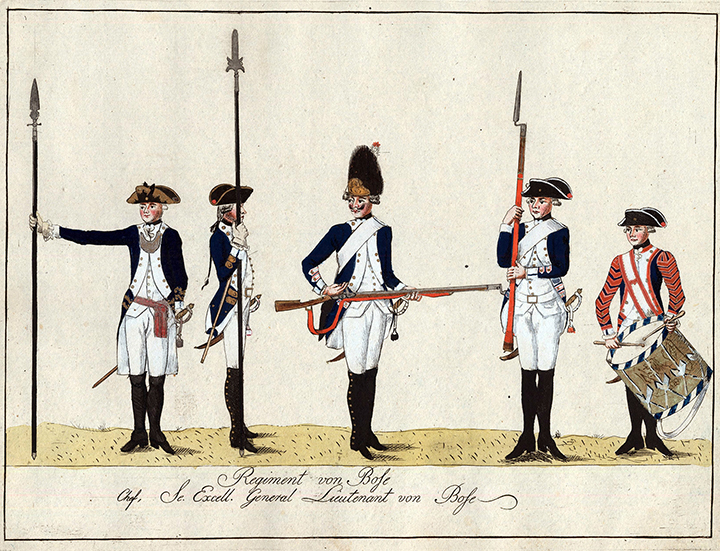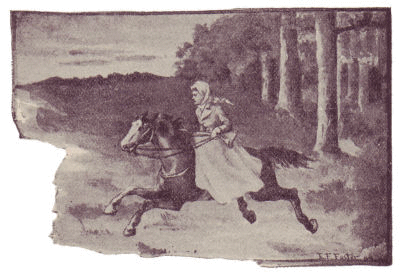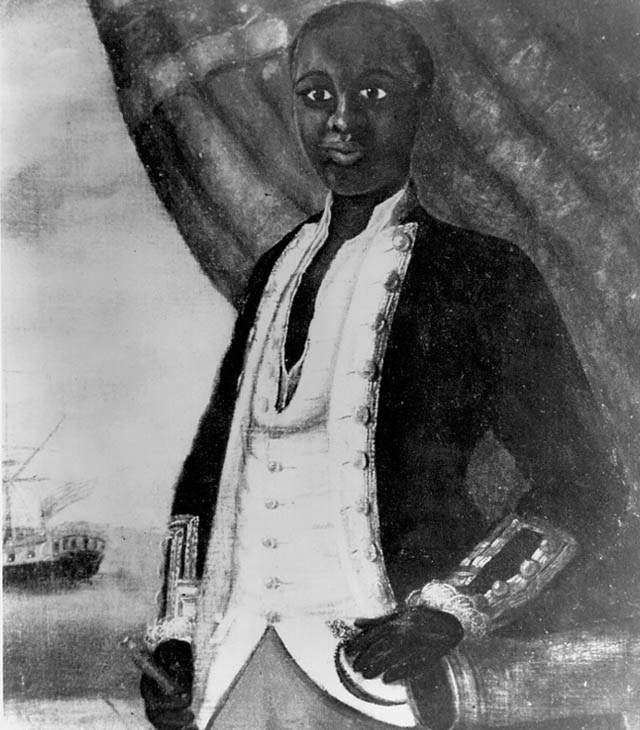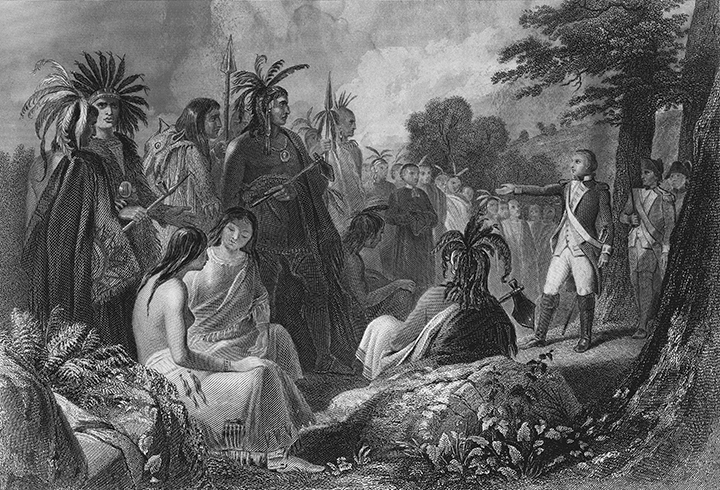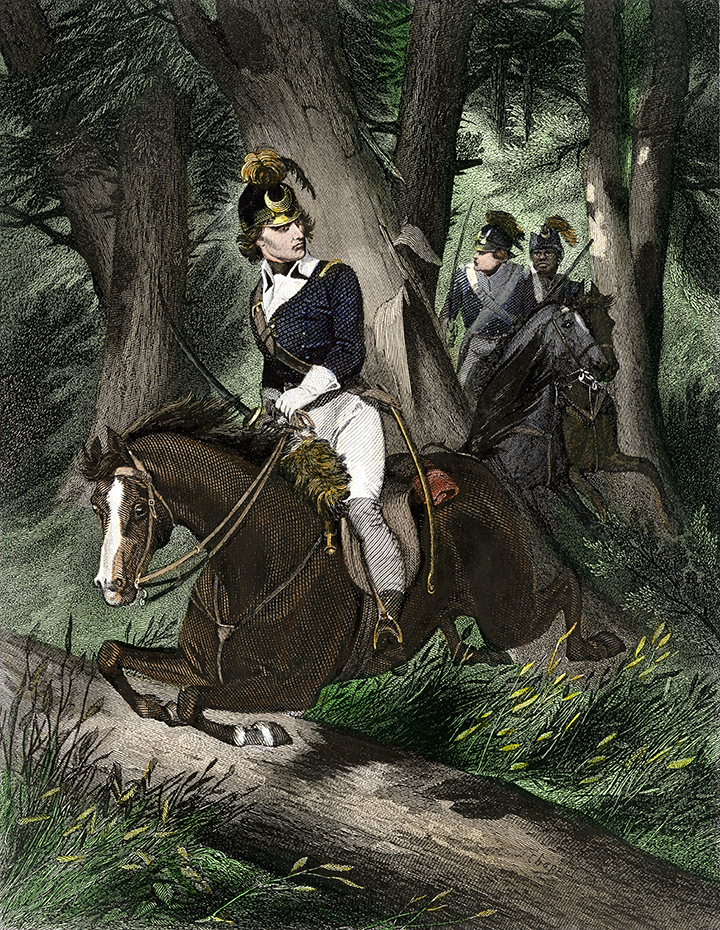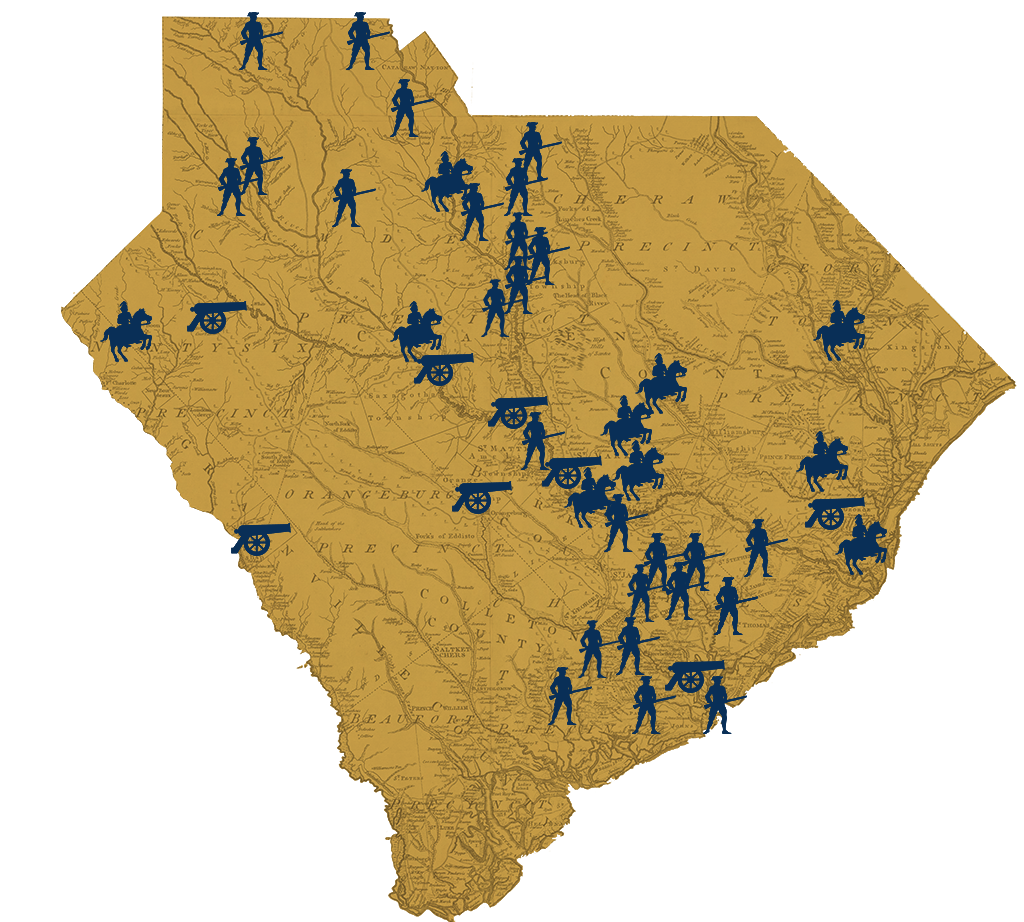SETTING THE STAGE
In 1775, the shot heard “round the world” was fired in Concord, Massachusetts and heralded the beginning of the Revolutionary War. For the next several years, battles raged in the northern colonies. By 1778, the British decided to refocus on the southern colonies. They believed that large numbers of Loyalists would flock to the King’s banners. They also believed that by regaining the south, the British army could march north and finally defeat the American rebels.
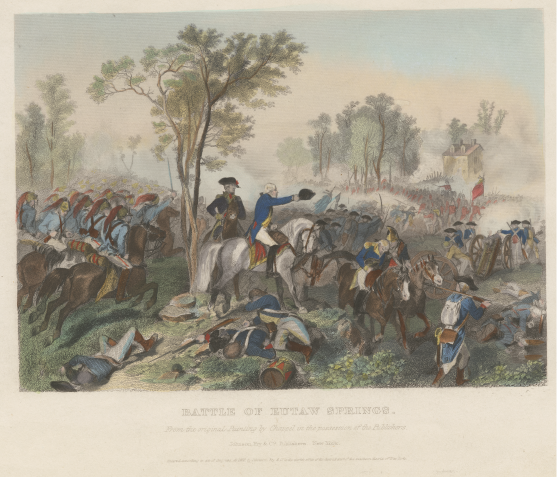
Over the course of the next year, South Carolinians took to the fields, woods and swamps to keep the British tied down and give the rebel forces time to regroup. Civilians…militia…Continental troops all came together to fight for independence and turn the tide of the war.
THE BATTLES
The Revolutionary War Visitor Center at Camden tells the story of the real turning point of the revolution – The Southern Campaign. Discover South Carolina’s hard-fought battles by determined patriots with their hearts set on liberty.
Did You Know? Prior to 1777, the far north west of our state was Cherokee territory.

The American Battlefield Trust and the South Carolina Battleground Preservation Trust are currently developing the Liberty Trail – historic driving routes which will highlight Revolutionary War battles and skirmishes throughout the state.

